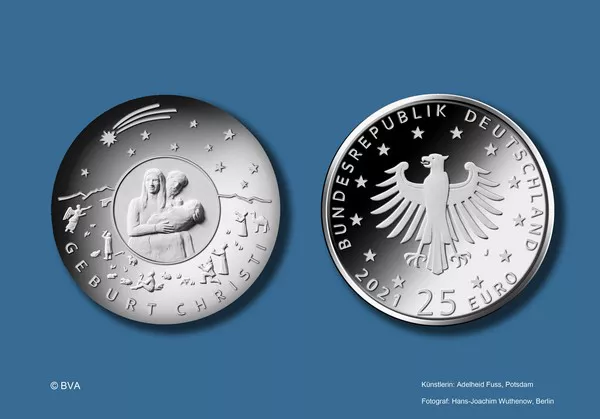The euro has been under pressure in recent months, as concerns about the economic and political situation in the Eurozone have weighed on investor sentiment. This has led some market participants to question whether the single currency will continue to fall against other major currencies such as the US dollar and Japanese yen.
In this article, we will examine the factors that are driving the euro lower and assess whether the trend is likely to continue in the coming months.
A Weak Economic Outlook
One of the primary reasons for the euro’s weakness is the weak economic outlook for the Eurozone. Despite a strong start to 2021, with GDP growth of 0.4% in the first quarter, the region is facing a number of headwinds that could weigh on growth going forward.
For example, many countries in the Eurozone are still grappling with high levels of debt and unemployment, which could limit their ability to invest in new projects and drive economic growth. In addition, the ongoing COVID-19 pandemic continues to pose a threat to the region’s economic recovery, as new outbreaks and lockdowns could derail progress made so far.
Political Uncertainty
Another factor weighing on the euro is political uncertainty in the Eurozone. The upcoming German federal election, which is scheduled for September 2021, has raised concerns about the future direction of the region’s largest economy. There are also concerns about the stability of Italy’s government, which has a relatively fragile coalition in power.
This political uncertainty is likely to create volatility in financial markets and could lead investors to seek safer assets such as the US dollar and Japanese yen.
Central Bank Policies
The policies of central banks can also have a significant impact on the value of currencies. The European Central Bank (ECB) has been pursuing a loose monetary policy in recent years, which has contributed to the euro’s weakness. The ECB has kept interest rates at historic lows and has launched a massive bond-buying program to stimulate the region’s economy.
However, with inflationary pressures rising in the Eurozone, there are concerns that the ECB may be forced to tighten its monetary policy sooner than expected. This could lead to a strengthening of the euro against other currencies.
US Dollar Strength
The strength of the US dollar is another factor that is contributing to the weakness of the euro. The US economy has been performing relatively well in recent months, with GDP growth of 6.4% in the first quarter of 2021. In addition, the Federal Reserve has signaled that it may begin to taper its bond-buying program later this year, which could lead to a strengthening of the dollar.
This could create headwinds for the euro, as investors seek to hold assets denominated in the stronger US currency.
Conclusion
In conclusion, the euro is likely to continue to face downward pressure in the near term, as economic and political uncertainty, loose monetary policy, and a strong US dollar weigh on the single currency. However, it is important to note that the situation is fluid and could change quickly, particularly if the ECB takes steps to tighten its monetary policy or if the political situation in the Eurozone stabilizes.
Investors should therefore keep a close eye on developments in the region and be prepared to adjust their portfolios accordingly. While the euro may be weaker in the short term, there are still opportunities for investors who are able to identify undervalued assets within the Eurozone and take advantage of market dislocations as they arise.


